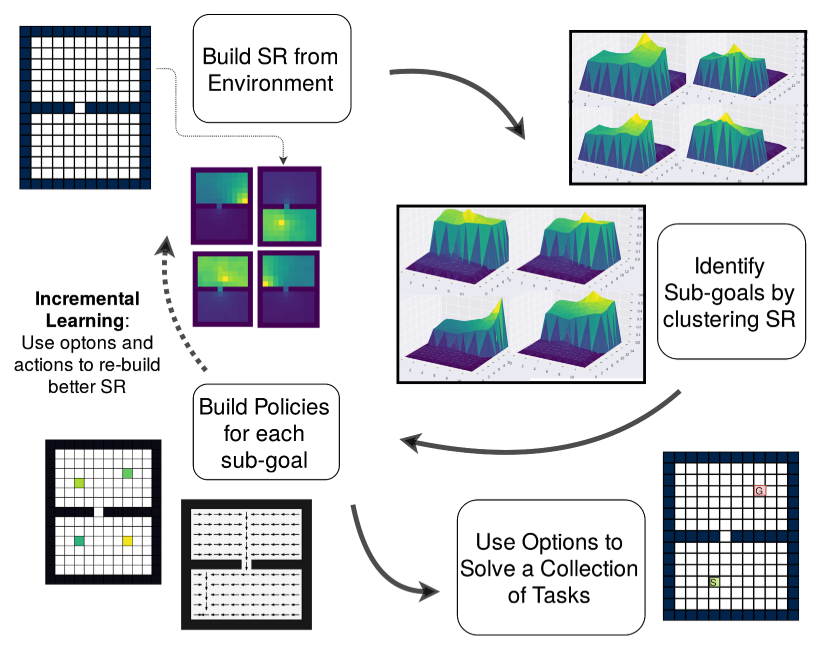This a retrieved form of the original article from the series, ‘A Spotlight on Undergraduate Research’.
Edited by Niharika Gunturu.
iGest is the latest ‘i’ device, and it’s not from Apple!
L. Rufa, a 4th-year Engineering Physics student from the Department of Physics, gives us a glimpse into her Bachelor’s Thesis Project – which involves developing gesture-to-speech devices to aid those suffering from Cerebral Palsy.
Times are now changing, and gone are the days when one had to depend on someone to reach their letters to loved ones far away. With the advancement of technology, the electronic mailing system (or e-mail, as we know it) seems to have dismissed concerns of distance, making it as easy to contact a person hundreds of miles away as to convey it to someone next to you!
While technology has eased the lives of ‘common’ men, it has also revolutionized communication and commute for the differently-abled, truly transforming their life, and helping them gain a sense of independence.
Assistive Technologies fall into this category of technology, aiding those in need of assistance through devices equipped with a variety of sensors catering to specific requirements.
I am working on one such product of assistive technology which is designed to aid people with restricted motor movements like those with Cerebral Palsy (CP), who have minimal control over muscle movement and coordination. Cerebral Palsy is a neurological disorder that is most prevalent in children – and apart from motor disability, it often poses as a roadblock to speech development. Therefore, developing a tool to help them convey their desires, which they express through limited movements, will be extremely helpful for their caretakers.
This product, referred to as iGest, is a wearable device that can be worn akin to a wristwatch.
Breaking down the iGest
The iGest contains a combination of motion sensors and a Bluetooth Low-Energy (BLE) Transmitter Antenna along with a micro-controller chip which controls them and handles data they transfer.
The BLE is simply a low power consuming version of the standard Bluetooth – the wireless communication available in our smartphones and PCs – and is used in applications that require small amounts of data exchange.
The main functionality, however, arises from the working of the motion sensors – there are 3 of them, and they are all MEMS (Micro Electro- Mechanical System) based.

The first of the three is the accelerometer. It gives a measure of the acceleration along the x, y and z directions.
The acceleration induces a displacement of some known masses placed along the respective axes within the sensor. The positions are designed such that the displacement of these masses produces an impact on capacitive sensors. The effective change in capacitance is then correlated to the displacement of the masses – and consequently, the acceleration itself.
The second sensor is the magnetometer. It helps to detect the terrestrial magnetism in the x, y and z directions.
The magnetometer uses the principle of the Hall Effect, which allows it to achieve a high degree of sensitivity.

The third sensor is the gyroscope. It measures the rotation of the device in the x, y and z directions.
There are three independent gyroscopes, and each gyroscope measures the rotation of the device about one of the three axes. It then gives out data on the orientation and movement of the hand.
The BLE transmitter then relays all of this data, from the accelerometer, magnetometer and gyroscope, and this represents the gesture of the user. A Bluetooth-enabled smartphone can connect to this device and receive all the parameters sent by the device. These parameters are then mapped to a sentence from a library of sentences which are customized for a particular user. This sentence is then read out aloud via a dedicated mobile application, making it easier for the person handling the phone, usually the caretaker, to immediately know what the child intends to convey.

The road ahead for the iGest
Power management and resource management are crucial in any device that one develops, especially with micro-controller based devices – which have a limited amount of resources. A recent version of the iGest experienced the problem of quick battery drainage, the cause for which needed to be investigated. This is when I was seeking a BTP and I got the task of analysing and reporting whether it was the flow of the firmware, which refers to the C-language code that resides in the program memory of a micro-controller, or the hardware that was responsible for the battery issue.
So far, I have studied the current characteristics of the board. In my case, this refers to studying the current drawn by the device from the lithium polymer battery connected to it. I undertake these measurements under different operating conditions – like when the micro-controller is in sleep mode or when a BLE connection is established. After carrying out this study by programming the board in different modes of operation, I was able to deduce that the hardware was responsible for the current leakage. This leads me to the road ahead for this semester – to precisely identify the component or part of the circuit design responsible for it.
This is just a glimpse of what the field of Assistive Technologies has to offer. It has been revolutionizing the lives of a number of differently-abled, by equipping them with the tools to achieve their goals and face all odds with more confidence.
Rufa is a 4th-year Engineering Physics student from the Department of Physics. This article sheds light into the work she is pursuing as her Bachelor’s Thesis Project in the Assistive Technologies Lab (Department of Electrical Engineering), under the mentorship of Dr. Nithin Chandrachoodan and Dr. Anil Prabhakar.
References:
(1) MEMs accelerometer illustration – http://www.starlino.com/data/imu_guide/05.png
(2) The MPU9250 gyroscope illustration – https://store.invensense.com/datasheets/invensense/MPU9250REV1.0.pdf



